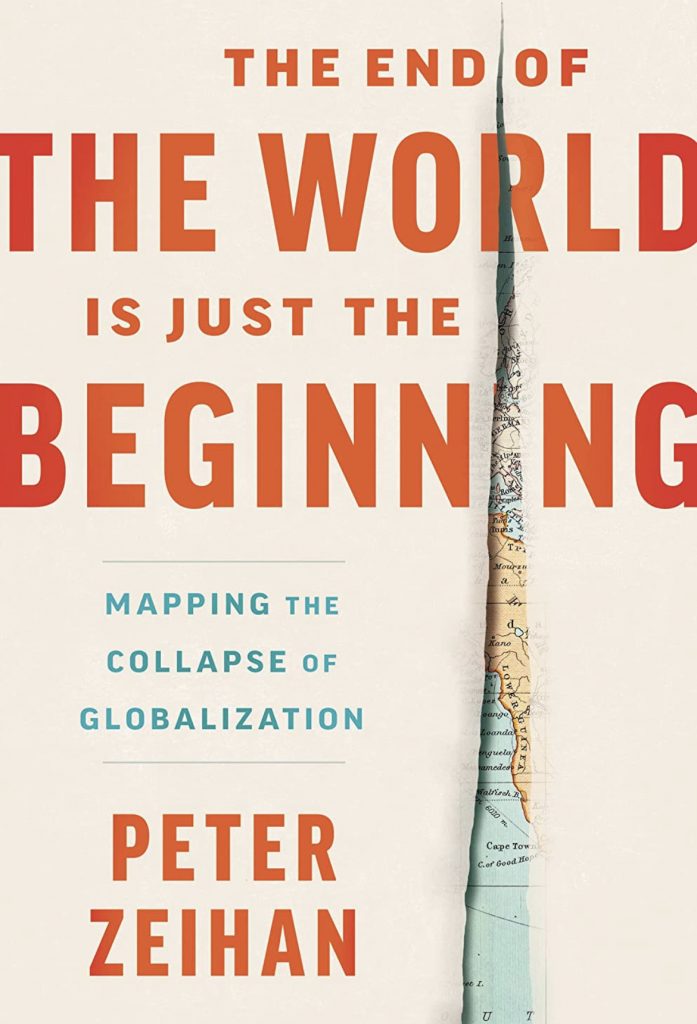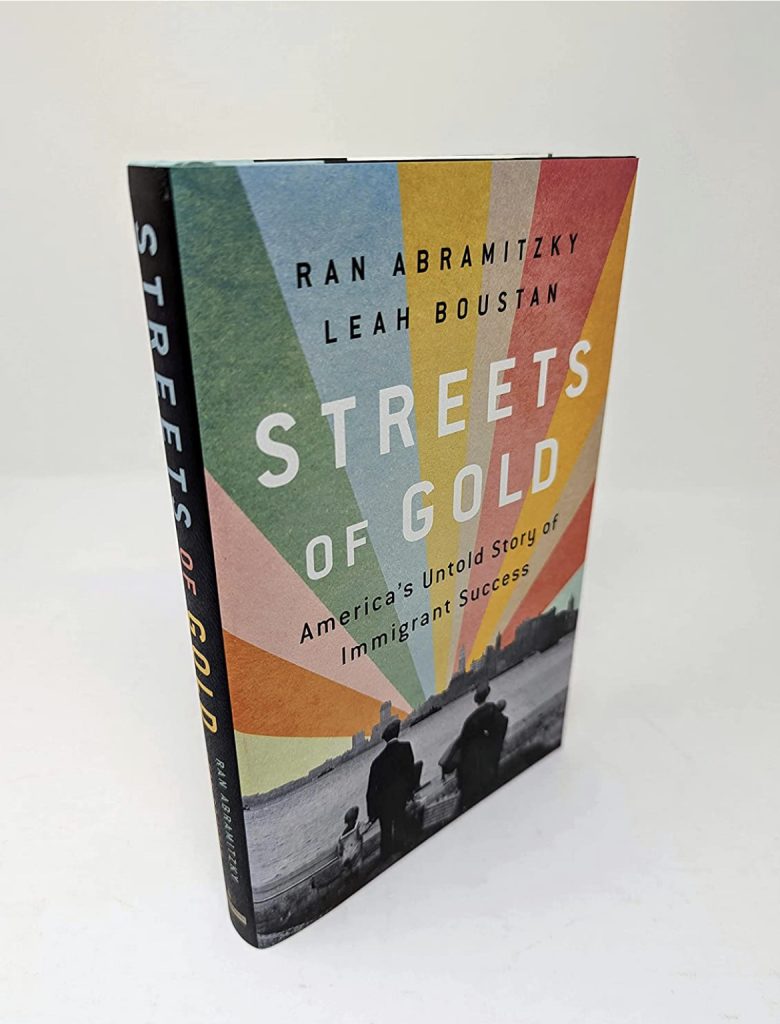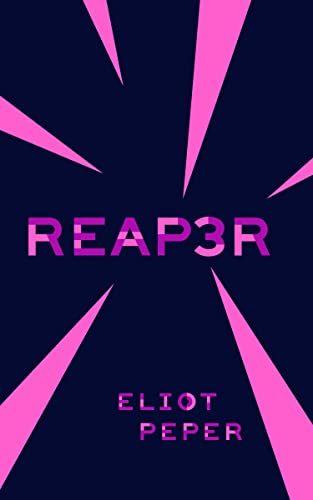
Though it has been more than a decade since that landing at La Guardia airport, I distinctly remember the feeling of being on NYC streets or subway while still belted to my seat on the plane. The murmor and impatience that arose amongst us passengers was eerily similar to that experienced on the city’s streets in trips before.
I’ve sensed a similar feeling when landing at other airports and wondered if we somehow switch to a personality mimicking that of an arrival city, especially one we’ve visited before. And does that affect our behavior and mood when arriving at a new destination? I do believe this “feeling” is different than behavioral norms like the cowboy hats on flights enroute to Texas destinations, the alcohol-fueled party atmosphere enroute to Vegas, the Mickey Mouse ears on flights into Orlando. It is also different than the food experienced toward certain destinations such as Chicken tikka masala on British Airways into London or Salmon, rice and miso enroute to Japan.
This feeling became more pronounced for me over the past couple of years arriving at Salt Lake City. In a city heavily influenced by the prominent religion, the airport is often host to missionaries heading on their commitments or arriving back home. Beyond the missionaries though, there seems to be a respect and deferential component to visitors. I rarely see grumbling, anger, or shouting and observe general communal regard. A plane full of passengers remains seated just a bit longer awaiting their row’s turn to deplane.
A landing in Kuala Lumpur recently had its own unique feeling. Despite the late hour and a short shuttle flight, there was a hometown camaraderie. The return flight back to Singapore on the same discount airline was quite different and similar to other rushed urban destinations. I see similar hometown camaraderie arriving home in Des Moines where people magically find connection over weather, their employer, or the Hawkeyes. Arriving at Boston Logan one feels the presence of academics – from college logoed clothing to more passengers reading books and even professorial garb (leather arm patches on sport coats are dead ringers!)
I wonder what is it that prepares us so for what is about to meet us at the end of the jet bridge?







